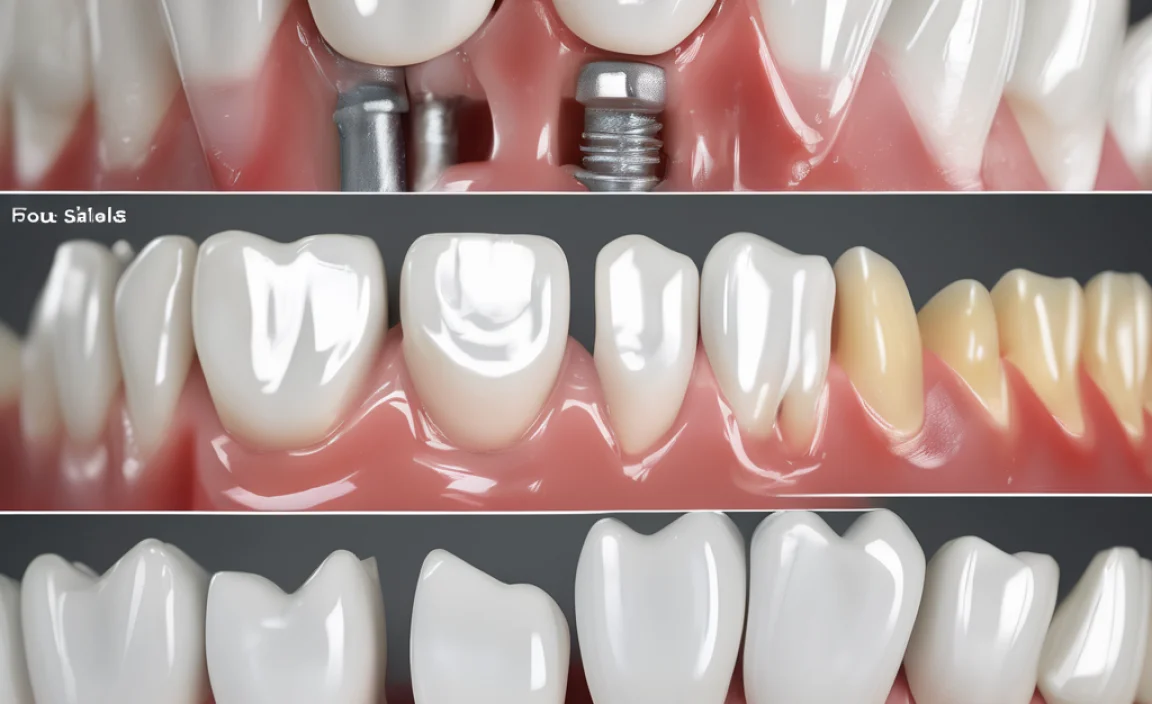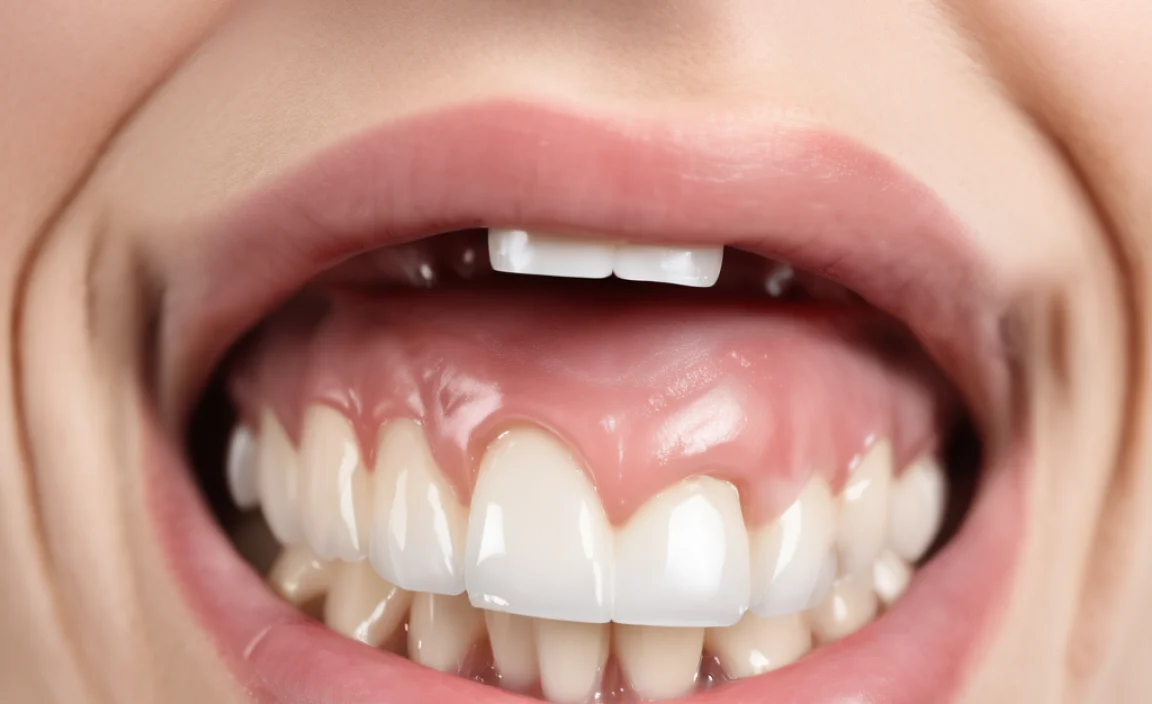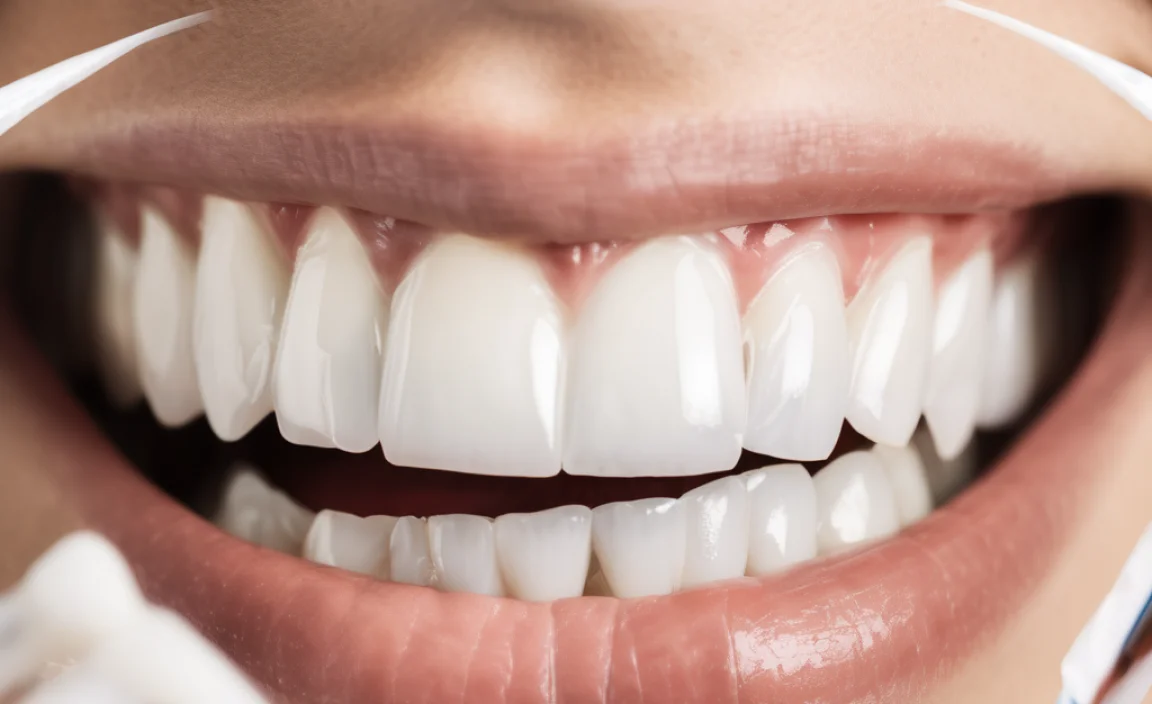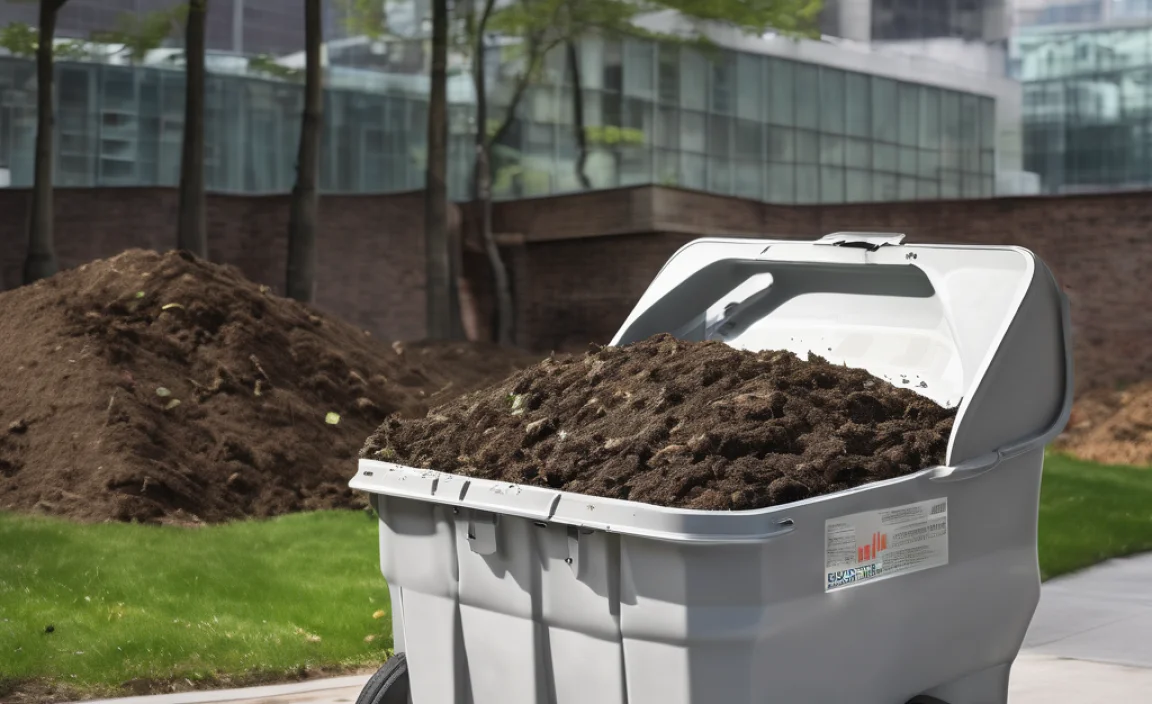Quick Summary: Dental sealants typically last between 3 to 10 years, but this can vary based on factors like diet, oral hygiene, and the type of sealant used. Regular dental check-ups are crucial for monitoring the condition of your sealants and determining when they need to be reapplied. Proper care can significantly extend their lifespan, keeping your teeth protected from decay.
Worried about how long your dental sealants will last? It’s a common concern! Sealants are like a protective shield for your teeth, especially those hard-to-reach back molars. But just like any shield, they need care and attention. Knowing how long they last helps you plan and maintain your oral health. Don’t stress – keeping them in good shape is easier than you think.
In this guide, we’ll walk you through everything you need to know about dental sealant longevity. We’ll cover what affects their lifespan, how to care for them, and what to expect during check-ups. Get ready to keep those pearly whites protected for years to come!
What are Dental Sealants?

Dental sealants are thin, plastic coatings painted on the chewing surfaces of teeth—usually the back teeth (molars and premolars)—to prevent tooth decay. They act as a barrier, protecting enamel from plaque and acids.
Think of sealants as raincoats for your teeth! They fill in the nooks and crannies where food and bacteria love to hide, making it easier to keep your mouth clean and healthy. They’re especially great for kids and teens who are still learning good brushing habits.
Why are Dental Sealants Important?
- Prevent Decay: Sealants stop food and bacteria from settling into the grooves of your teeth, reducing the risk of cavities.
- Cost-Effective: Sealants are a relatively inexpensive way to prevent costly dental treatments down the road.
- Long-Lasting Protection: With proper care, sealants can protect your teeth for many years.
- Simple Application: The process is quick, painless, and doesn’t require drilling or anesthesia.
Factors Affecting the Lifespan of Dental Sealants

Several factors can influence how long your dental sealants last. Understanding these can help you take better care of them and extend their lifespan.
Oral Hygiene Habits
Good oral hygiene is key to making your sealants last. Brushing and flossing regularly help remove plaque and food particles that can weaken the sealant material over time. Neglecting your oral hygiene can lead to a buildup of bacteria, which can compromise the sealant’s integrity.
- Brush at least twice a day with fluoride toothpaste.
- Floss daily to remove food particles between teeth.
- Use an antimicrobial mouthwash to kill bacteria.
Diet
What you eat can also impact the lifespan of your sealants. A diet high in sugar and acidic foods can erode the sealant material. Sugary snacks and drinks feed bacteria, leading to acid production that can break down the sealant. Acidic foods can directly wear away the sealant.
- Limit sugary snacks and drinks like soda, candy, and fruit juice.
- Reduce intake of acidic foods like citrus fruits, tomatoes, and vinegar.
- Drink plenty of water to help neutralize acids and wash away food particles.
Grinding or Clenching Teeth (Bruxism)
If you grind or clench your teeth, you may put extra stress on your sealants. This can cause them to wear down or chip more quickly. Bruxism can be caused by stress, anxiety, or sleep disorders. If you suspect you grind your teeth, talk to your dentist about solutions like a mouth guard.
- Use a custom-fitted mouth guard at night to protect your teeth.
- Manage stress through relaxation techniques like meditation or yoga.
- Avoid chewing gum or other hard objects that can exacerbate grinding.
Type of Sealant Material
Different types of sealant materials have varying levels of durability. Resin-based sealants are commonly used and generally last a long time. Glass ionomer sealants are another option, but they may not be as durable. Your dentist can help you choose the best type of sealant for your needs.
| Sealant Material | Durability | Cost | Best For |
|---|---|---|---|
| Resin-Based | High | Moderate | Most patients; long-lasting protection |
| Glass Ionomer | Moderate | Lower | Patients needing fluoride release; shorter lifespan |
Professional Application
The skill and precision of the dentist applying the sealant can also affect its lifespan. A properly applied sealant creates a tight, secure bond with the tooth, preventing bacteria from seeping underneath. Make sure to choose an experienced dentist who uses high-quality materials.
- Choose a dentist with experience in applying sealants.
- Ensure the tooth surface is properly cleaned and prepared before application.
- Follow your dentist’s post-application instructions carefully.
How to Care for Your Dental Sealants

Taking good care of your dental sealants is essential to prolonging their lifespan. Here are some simple steps you can take to keep them in top condition.
Regular Dental Check-ups
Regular check-ups are crucial for monitoring the condition of your sealants. Your dentist can check for any signs of wear, chipping, or damage and recommend any necessary repairs or replacements. Aim to visit your dentist every six months for a thorough examination and cleaning.
- Schedule regular dental appointments every six months.
- Ask your dentist to check the condition of your sealants during each visit.
- Follow your dentist’s recommendations for any necessary repairs or replacements.
Proper Brushing Technique
Use a soft-bristled toothbrush and fluoride toothpaste to brush your teeth at least twice a day. Pay special attention to the areas where sealants are applied. Use gentle, circular motions to remove plaque and food particles without damaging the sealant material.
Flossing Daily
Flossing helps remove food particles and plaque from between your teeth, where your toothbrush can’t reach. Be gentle when flossing around your sealants to avoid dislodging them. Use waxed floss if you find that unwaxed floss gets caught or shredded.
Avoid Hard and Sticky Foods
Hard and sticky foods can put extra stress on your sealants, causing them to chip or come loose. Avoid chewing on hard candies, ice, or nuts. Sticky foods like caramel and taffy can pull at the sealant material, weakening its bond with the tooth.
Use Fluoride Products
Fluoride helps strengthen tooth enamel and protect against decay. Use fluoride toothpaste and mouthwash to keep your teeth healthy and protect your sealants. Your dentist may also recommend fluoride treatments during your regular check-ups.
Signs Your Dental Sealants Need to be Replaced

Even with the best care, dental sealants can wear down or become damaged over time. Here are some signs that it may be time to replace your sealants.
Visible Wear and Tear
If you notice any visible signs of wear and tear, such as cracks, chips, or rough edges, it’s time to see your dentist. These imperfections can compromise the sealant’s ability to protect your teeth from decay.
Changes in Texture
If the surface of your sealant feels rough or uneven, it may be a sign that it’s starting to break down. A smooth sealant surface is essential for preventing bacteria from accumulating.
Increased Sensitivity
If you experience increased sensitivity to hot, cold, or sweet foods, it could indicate that your sealant is no longer providing adequate protection. Sensitivity can be a sign that decay is starting to develop in the underlying tooth.
Staining Around the Sealant
If you notice staining or discoloration around the edges of your sealant, it could mean that bacteria are seeping underneath. This can lead to decay and require a new sealant.
Sealant is Missing
If you can no longer see or feel the sealant on your tooth, it has likely come off and needs to be replaced. Contact your dentist as soon as possible to schedule an appointment.
The Dental Sealant Reapplication Process

If your dentist determines that your sealants need to be reapplied, the process is similar to the initial application. Here’s what you can expect:
Cleaning the Tooth
The dentist will thoroughly clean the tooth to remove any plaque or debris. This ensures a strong bond between the new sealant and the tooth surface.
Etching the Tooth
The dentist will apply a mild acid solution to the tooth surface to create a rough texture. This helps the sealant adhere more effectively.
Applying the Sealant
The dentist will paint the sealant material onto the tooth surface, filling in the grooves and pits. A special light may be used to harden the sealant.
Checking the Bite
The dentist will check your bite to ensure the sealant doesn’t interfere with your normal chewing function. Adjustments may be made if necessary.
Cost of Dental Sealants and Reapplication
The cost of dental sealants can vary depending on factors like the type of sealant material, the dentist’s fees, and your location. Generally, sealants are a cost-effective way to prevent future dental problems.
| Procedure | Average Cost per Tooth | Coverage |
|---|---|---|
| Initial Sealant Application | $30 – $60 | Often covered for children and teens |
| Sealant Reapplication | $30 – $60 | May be covered depending on policy |
Many dental insurance plans cover the cost of sealants for children and teenagers. Check with your insurance provider to see what your policy covers. Reapplication may also be covered, depending on your specific plan.
Benefits of Maintaining Dental Sealants
Keeping your dental sealants in good condition offers numerous benefits for your oral health.
- Reduced Risk of Cavities: Sealants provide a protective barrier against decay-causing bacteria.
- Lower Dental Costs: Preventing cavities can save you money on costly dental treatments in the future.
- Improved Oral Health: Healthy teeth contribute to overall well-being and quality of life.
- Peace of Mind: Knowing your teeth are protected can give you confidence in your smile.
FAQ About Dental Sealants
How long do dental sealants typically last?
Dental sealants usually last between 3 to 10 years, depending on factors like oral hygiene, diet, and the type of sealant material used.
Are dental sealants only for kids?
No, dental sealants are beneficial for both children and adults. They are commonly applied to children’s teeth as a preventative measure, but adults can also benefit from them.
Does getting dental sealants hurt?
No, the application of dental sealants is a painless procedure. It doesn’t require any drilling or anesthesia.
Can I eat normally after getting dental sealants?
Yes, you can eat normally after getting dental sealants. However, it’s best to avoid hard or sticky foods that could damage the sealants.
How often should I get my dental sealants checked?
You should have your dental sealants checked during your regular dental check-ups, typically every six months. Your dentist can assess their condition and recommend any necessary repairs or replacements.
What happens if a dental sealant comes off?
If a dental sealant comes off, contact your dentist to schedule a reapplication. Leaving the tooth unprotected can increase the risk of decay.
Are dental sealants worth the cost?
Yes, dental sealants are a cost-effective way to prevent cavities and protect your teeth. They can save you money on future dental treatments and improve your overall oral health.
Conclusion
So, how long do dental sealants last? Typically, they offer protection for 3 to 10 years with the right care. Maintaining good oral hygiene, watching your diet, and attending regular dental check-ups are key to extending their lifespan. Keep an eye out for signs of wear and tear, and don’t hesitate to contact your dentist if you notice any issues.
Taking these simple steps will help ensure your sealants keep your teeth protected, your smile bright, and your wallet a little heavier by avoiding costly dental work down the road. You’ve got this – keep up the great work, and enjoy the lasting benefits of your dental sealants!

